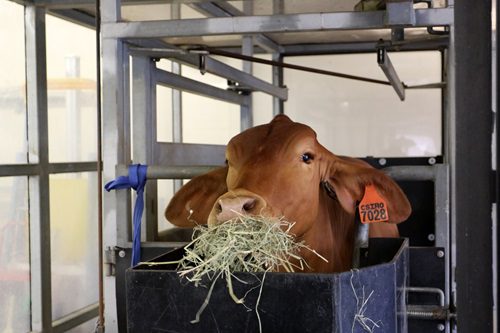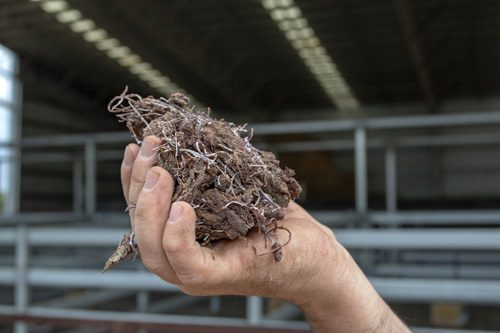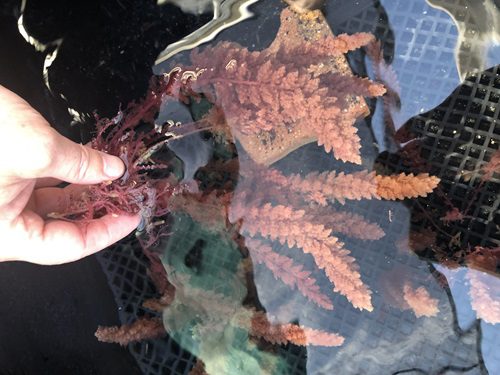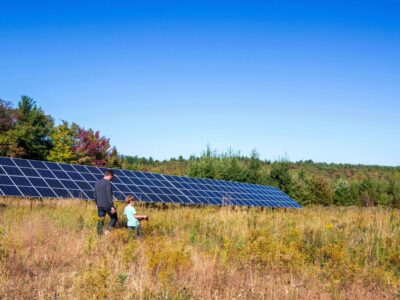Carbon has generally been the boogeyman to watch out for in discussions surrounding emissions, but it isn’t the only toxic gas worth knowing about. Although methane emissions come at a far lower frequency than carbon emissions, methane gas contributes to the greenhouse effect at a rate that is 80 times higher than carbon and was the subject of much discussion at the recent international Cop26 climate summit in Glasgow. With environmentalists and world leaders wondering how to address this problem, the question becomes how do we cut down on a gas responsible for as much as 30 percent of all global emissions? One farmer suggests the solution lies in seaweed.
Joe Dorgan made the discovery while walking near his farm on Prince Edward Island in Canada. On the shore, he noticed a type of seaweed had been planted generations before, in an era where it would be grown by farmers for fertilizer and feed for livestock. Dorgan believed the plant was worth further analysis and sent samples back to Nova Scotia for research at Dalhousie University.

The seaweed was shown to have a great deal of utility, especially in the form of feed. It was teeming with vitamins and minerals that had proven to positively affect the reproductive potency in cows along with milk production. Further research revealed something else. It appeared that the plant significantly reduced the gassiness of the cows. Flatulence has been a trait of cows for as long as they’ve been domesticated. All of the burps and farts emitted by these giant animals are released as methane, which unfortunately makes cows responsible for roughly a third of all methane emissions worldwide. In fact, due to the increased potency of methane gas, one cow contributes just as much on average to the climate crisis as a car does annually.
It seems that Dorgan’s discovery might be just the tip of the iceberg for fart-fighting farmers.
Dorgan’s seaweed claims to reduce methane emissions from cattle by as much as 40 percent – which would curb emissions of all greenhouse gases by about 4 percent – assuming all cows were subject to the change.
Asparagopsis, another seaweed, is promising even greater potential. “It showed up in a big way. So big that we didn’t even believe what we were seeing,” said Rob Kinley, chief scientist at Futurefeed. Kinley, who worked with Dorgan more than a decade ago, claims the Asparagopsis weed could cut methane emissions from cows almost entirely. “It took multiple runs of testing this before we believed what we were seeing, we couldn’t find methane anymore.”

Asparagopsis is a more common type of red seaweed, but harvesting is often difficult due to the fact that it grows underwater. Finding an efficient method of farming it on a large scale is quickly becoming the next mission for Kinley’s group as well as researchers like Greener Gazing’s Josh Goldman. The secret weapon for farmers working at scale is the minuscule amount that is actually needed per cow each day. “There are a lot of mouths to feed. But the good news is we only need to feed those cows 0.2% of their daily ration,” says Goldman, who views the weed as more of a dietary supplement like any other vitamin as opposed to actual food. Whatever the hiccups may be in this process, Goldman and others remain motivated by the global implications of their success. “This will be a much bigger story even 12 months, 18 months from now.”





